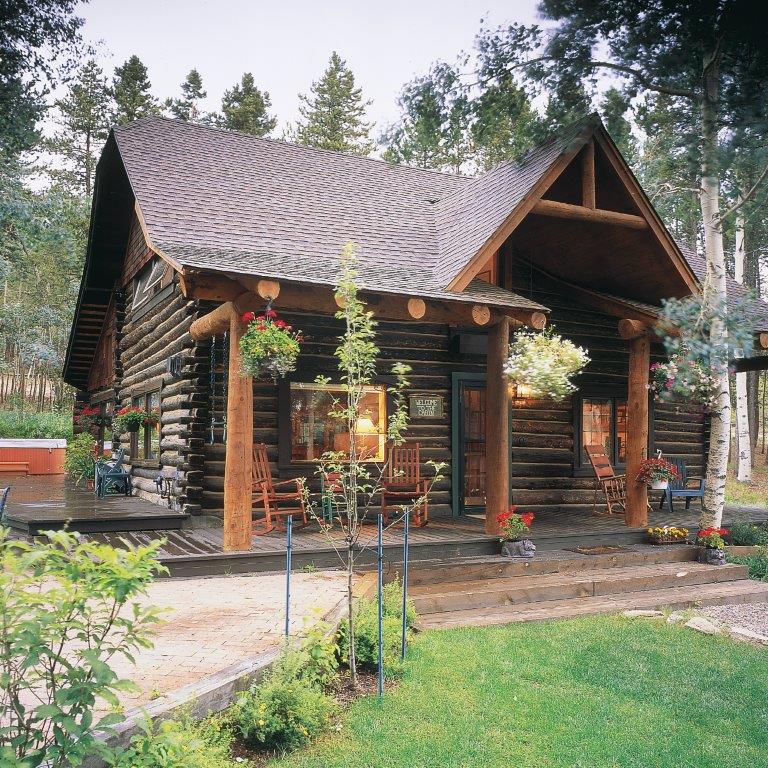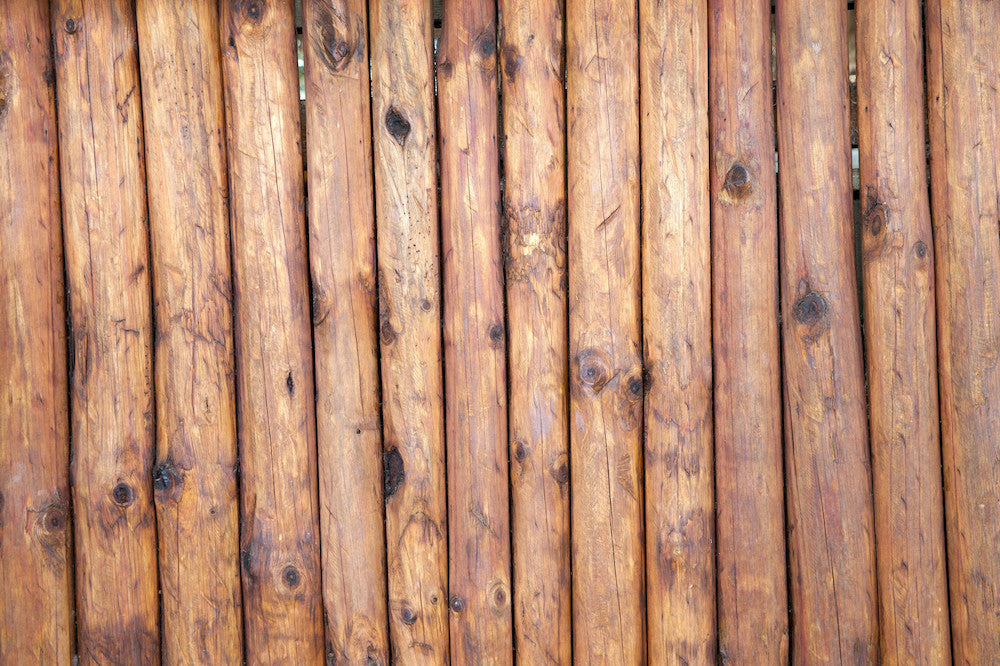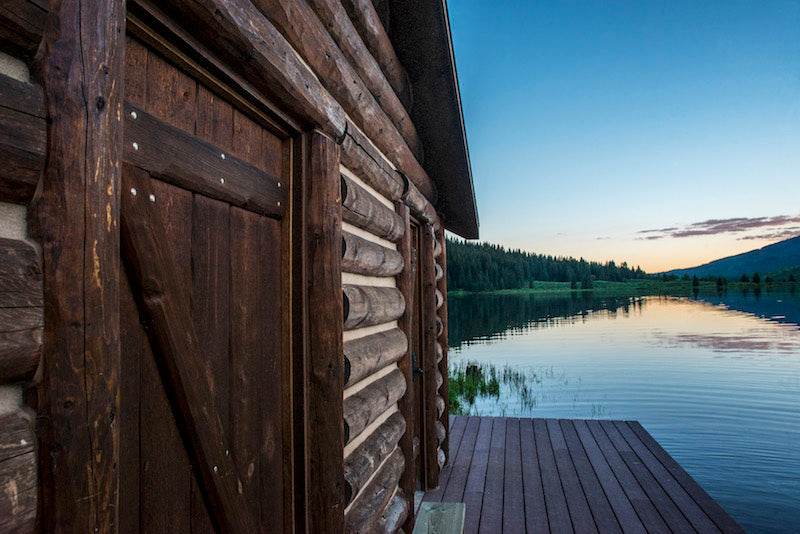7 Ways You Can Build Your Dream Log Home - Without Breaking The Bank

Building a log home is a great investment – log homes are durable, hard-wearing, and can often be less expensive than a comparable traditionally built “Stick Home” – log home building materials are generally less expensive due to their simplicity compared to materials like drywall, siding, and insulation.
However, building a log home can still be a risk – just like building any home, or undertaking any renovation project, you run the risk of going over budget due to unforeseen situations or problems while building your home.
Because of this, it’s best to have a budget that’s somewhat flexible – experts recommend putting aside 15-20% extra over budget to deal with problems that crop up during construction – and taking some steps to minimize your budgetary risk when building a log home. Below are 7 easy ways you can do so.
Stick To Your Plan – And Have A Plan Before You Build
Last minute changes, or “Change Orders” can be incredibly taxing on your budget. Last minute changes require the requisition of different materials, changes in plans, and even changes in contractors or work staff – and the costs of doing so mount up quickly.
Once you figure out a workable plan with your contractor, you should stick to it. Because of this, we recommend spending plenty of time with your contractor or building company determining exactly what you want, before construction begins. Once construction is underway, the costs of changes increase dramatically, so you’ll want to avoid that as much as possible.
Choose A Stock Design
You might be tempted to custom-build your own home, and make it exactly what you want, but most construction companies have a large number of prebuilt templates, and using these can offer you a significant time and price savings. These designs are also time-tested and have been built before – you run a much lower risk of running into unexpected problems.
Because of this, it’s highly recommended that you check in on the stock designs your service offers – if you find one that looks great, it can save you a lot of time and money.
Reduce Square Footage
This is probably the most self-explanatory savings method there is on this list – the smaller the house, the less it costs. This is obvious, but you should take a good look at your design, whether stock or custom. What space do you really need? Is it worth the extra money? Would you be comfortable with even 10% less if it would mean more money for fixtures and interior?
Obviously, the square footage needs of consumers differ, but building smaller will always be cheaper. Think a cozy, snug log home – not an expansive log mansion – and the costs will be much more affordable.
Building two-story designs also helps mitigate costs more than building a ranch-style home, so that’s another consideration when thinking about sizes and profiles of different log homes, before beginning the construction.
Add Decorative Flourishes, Reduce Your Log Use
Logs are, unsurprisingly, one of the more expensive materials used in the process of building a log home.
If you choose a plan or create a home design that incorporates other exterior materials such as stucco, cedar shake shingles, or even stone sheeting, it can reduce the lineal feet of logs required for your project, and add a beautiful flourish to your home.
This has the benefit of also requiring less log home stain and other finishing materials used on exposed logs, further reducing the costs.
Keep The Roof Simple
Roofing is one of the most significant costs associated with log home-building, and there are a variety of expensive, visually interesting roofing options available.
However, unless you have a high budget, you should try to keep the roof simple – generally, the lowest cost option will be a one-ridge design with a shallow pitch. Of course, this design lacks a bit of visual interest, but it’s perfectly appropriate for most designs.
However, if you live in a climate that gets a lot of snow, you may need to invest in a steeper roof to avoid excess snow collecting on your roof, which can cause costly and dangerous collapses.
You Can Easily Your Upgrade Appliances And Furnishings Later – But Not Your Home
This is especially true for bathrooms and kitchens – cheap furnishings may not be ideal, but they can always be replaced. This is in contrast to the home itself – once you start construction, upgrades are going to be nearly impossible until completion, and renovations and additions are very cost-intensive.
Flooring, appliances, fixtures, and amenities in both kitchens and bathrooms are fairly easy to upgrade, so if you’re in a budget crunch and need to scrounge up some extra money before construction, these are great places to start.
Just remember that you will have to live in this home – so while cutting some costs on your interior furnishings is acceptable, you still want to be comfortable and easily be able to maintain your standard of living until you have the chance to upgrade.
Make Sure Your Caulking and Chinking Are Done Right – With High Quality Products
When it comes to the longevity of a log home, the chinking and caulking agents used to seal up cracks and logs are incredibly important. These products help seal your home – not only from the elements and the cold, but also from moisture and other problematic substances that can damage your home.
If you skimp on finishing your logs, you’ll end up paying for it in the long run, whether by expensive re-caulking or re-chinking, or by total replacement of affected log areas. This is one of the cases where an ounce of prevention is better than a pound of cure – high quality log home chinking and log home caulk should seal your home for years, and require little maintenance or upkeep.
Wrap-up
Construction of a log home, while less expensive than traditionally built homes, is still a bit of a risky business, and should only be undertaken if you’re absolutely certain that building a new home is the right choice for you.
But if you follow our above tips, and make sure you’ve got a bit extra in your rainy day fund for any unexpected eventualities or construction issues, you’ll be well on your way to the beautiful, functional, durable log home of your dreams.





